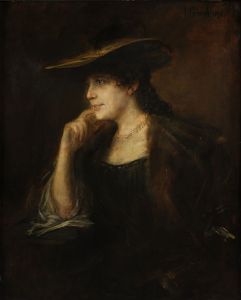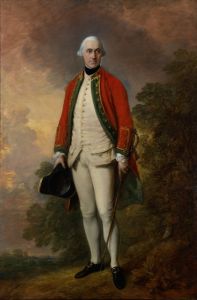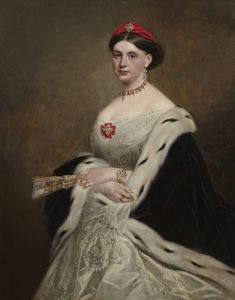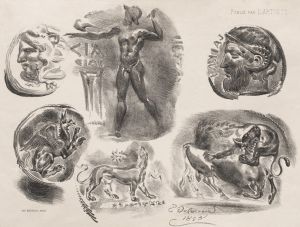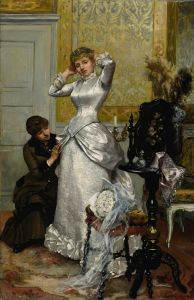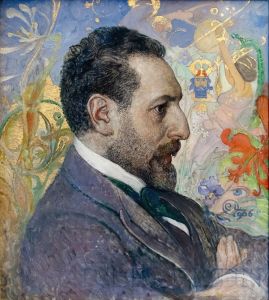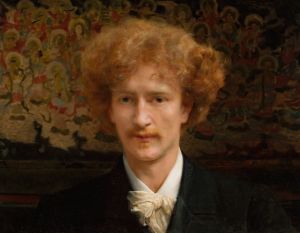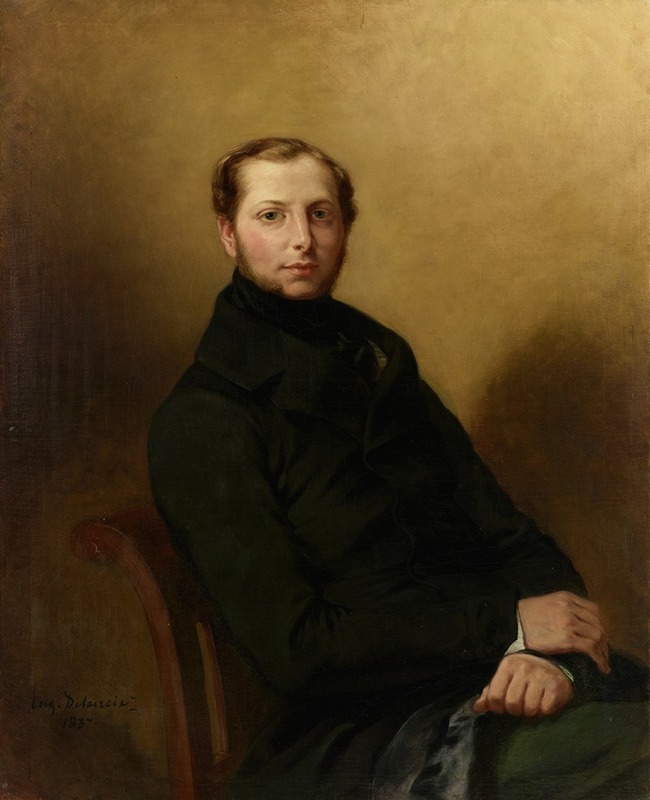
Portrait of Count Charles de Mornay
A hand-painted replica of Eugène Delacroix’s masterpiece Portrait of Count Charles de Mornay, meticulously crafted by professional artists to capture the true essence of the original. Each piece is created with museum-quality canvas and rare mineral pigments, carefully painted by experienced artists with delicate brushstrokes and rich, layered colors to perfectly recreate the texture of the original artwork. Unlike machine-printed reproductions, this hand-painted version brings the painting to life, infused with the artist’s emotions and skill in every stroke. Whether for personal collection or home decoration, it instantly elevates the artistic atmosphere of any space.
Eugène Delacroix, a leading figure of the French Romantic movement, painted "Portrait of Count Charles de Mornay" in 1837. This artwork is a testament to Delacroix's skill in capturing the essence of his subjects through vivid color and dynamic composition, hallmarks of his artistic style. Delacroix, known for his expressive brushwork and rich use of color, often sought to convey the emotional depth and character of his subjects, and this portrait is no exception.
Count Charles de Mornay was a notable figure in 19th-century France, serving as a diplomat and holding various positions within the French government. His connections and influence within the political and social spheres of the time made him a prominent subject for Delacroix. The portrait reflects the count's status and personality, showcasing Delacroix's ability to blend realism with the emotional intensity characteristic of Romanticism.
In the painting, Delacroix employs a rich palette to highlight the count's features and attire, using light and shadow to add depth and dimension to the composition. The count is depicted with a dignified expression, his gaze directed outward, suggesting both confidence and introspection. Delacroix's attention to detail is evident in the rendering of the count's clothing and the subtle play of light across his face, which adds a lifelike quality to the portrait.
Delacroix's approach to portraiture often involved a deep engagement with the character of his subjects, aiming to capture not just their physical likeness but also their inner essence. This is evident in the "Portrait of Count Charles de Mornay," where the artist's use of color and form serves to convey the count's personality and social standing. The portrait is a fine example of Delacroix's ability to merge the personal with the universal, creating a work that resonates with viewers on multiple levels.
The painting is also significant within the context of Delacroix's broader oeuvre. As a leading Romantic artist, Delacroix was known for his dramatic compositions and his ability to convey emotion through color and movement. While many of his works focused on historical and literary themes, his portraits offered a more intimate glimpse into the lives of his contemporaries. "Portrait of Count Charles de Mornay" stands out as a work that combines Delacroix's technical prowess with his keen insight into human character.
Today, Delacroix's portraits, including that of Count Charles de Mornay, are celebrated for their contribution to the Romantic movement and their enduring appeal. They continue to be studied and admired for their artistic innovation and their ability to capture the spirit of an era. Delacroix's work remains influential, inspiring generations of artists who followed in his footsteps.
The "Portrait of Count Charles de Mornay" is housed in a collection that preserves Delacroix's legacy, allowing contemporary audiences to appreciate the skill and vision of one of France's most esteemed painters. Through this portrait, viewers can engage with the historical and cultural context of 19th-century France, gaining insight into the lives of its influential figures and the artists who portrayed them.






